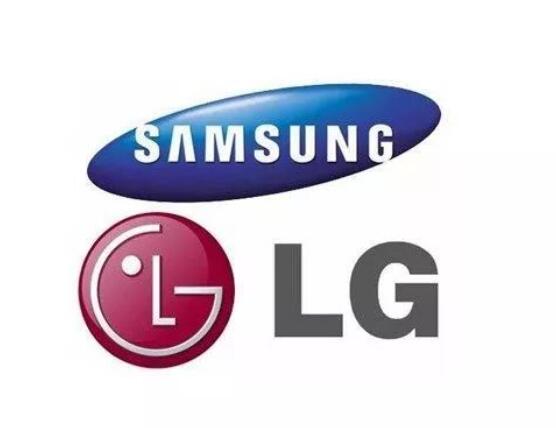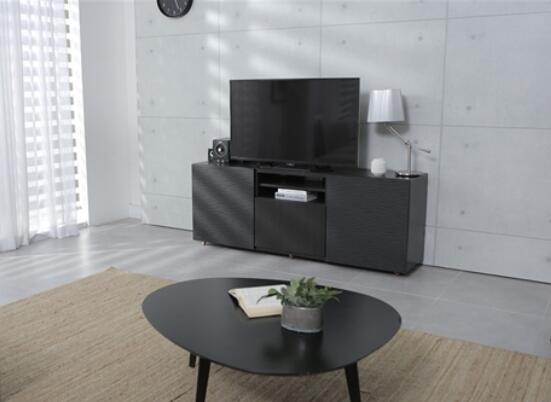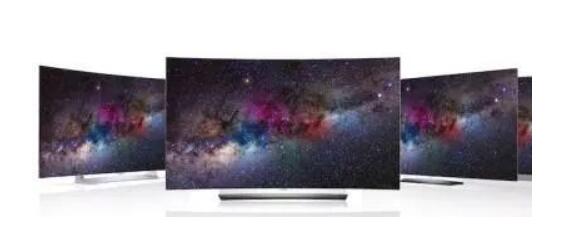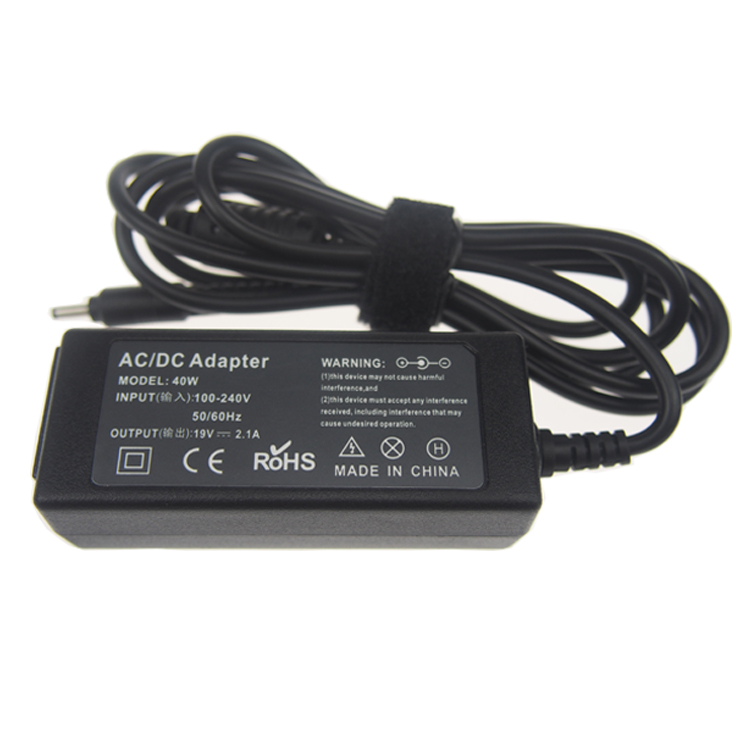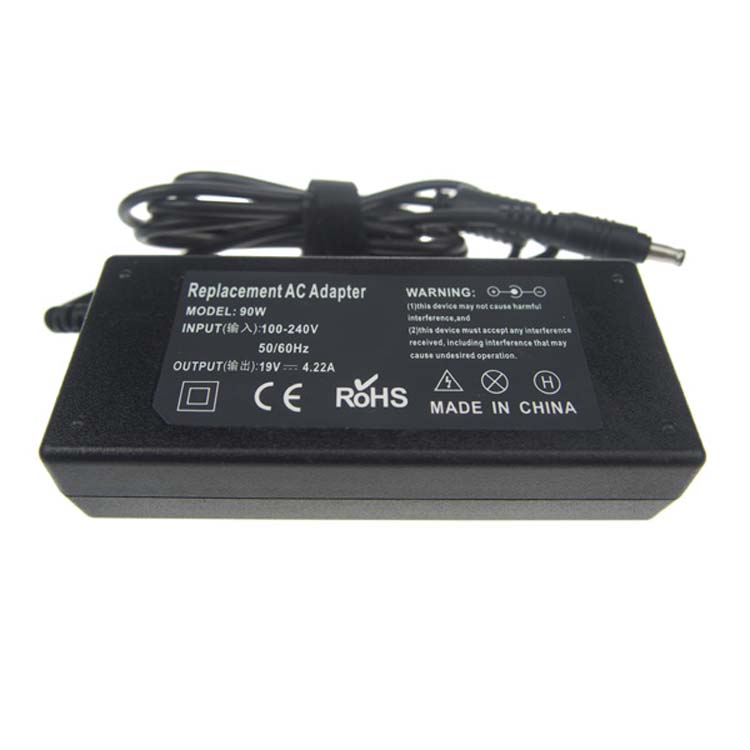Samsung is currently developing its QLED QD TV and drawing alliances with TCL, a TV company in mainland China, in hopes of taking a different path from LGD's already dominant OLED TV panel. Why does it do so? In OLED panel applications, Samsung and LGD's different options In the 1990s, Samsung did not hesitate to build a TFT-LCD panel production line for seven years in a row. It won the position of the largest LCD panel manufacturer in 1998 and remained in 2011. In 2012, LG surpassed Samsung to become the world's largest LCD panel manufacturer. Stay up to date. Samsung and LG both realized that with the entry of LCD panel makers in China, the profitability of TFT-LCD panels will inevitably decline, and the cost advantages of Chinese panel makers will lead to their unfavorable competitive position in the industry. The research and development of OLED panel technology started around 2007, but their choices are different. Samsung's OLED panels are mainly targeted at small and medium-sized electronic products such as smart phones, while LGD has selected large-size electronic products such as televisions. According to WitsView's data in 2016, LGD has a market share of nearly 90% in the large-size OLED panel market, while Samsung holds more than 90% market share in the small- and medium-size OLED panel market. At present, LGD's OLED panel business is still at a loss; from the fourth quarter of last year, Samsung’s quarterly net profit continued to hit a new high, and Samsung’s contribution to the highest profit was for semiconductor business, followed by OLED panel business. OLED panel is difficult to be used for television because of its high production cost. Currently, the price of a 55-inch TFT-LCD TV currently sold is as low as 2,299 yuan, while that of an OLED TV of the same size is as low as nearly 7,800 yuan, resulting in difficulty in large-scale sales. In contrast, due to the small screen size of smart phones and other electronic products, the price of monolithic OLED panels is low, and the high value of smart phones and other electronic products can withstand the higher costs of OLED panels, which makes Samsung a winner. . OLED panel technology weaknesses All along, we all know that OLED panels have the characteristics of good color display, low power consumption, light weight, etc. In fact, the disadvantages of OLED panels are also very obvious. Shorter lifetime of OLED panels is a fatal flaw, and their lifetime is only about 5,000 hours less than half that of conventional TFT-LCD TVs; the lifetimes of three luminescent materials of OLEDs are different, leading to color casts or even “burning†after use. The production process of the OLED panel is relatively complicated, resulting in a low production yield rate, etc. These problems are all OLED panel manufacturers need to overcome. These problems have appeared on Samsung's mobile phones and Apple's iPhone X. However, Samsung has solved these technical problems with years of hard work, but it cannot be completely avoided. Nowadays, smart phones generally use two or three. During the year, the problem of short lifetime of OLED panels will not be too obvious for smart phones. However, for TVs, this issue is obviously a big one, because the use of home TVs is far longer than smart phones and other electronic products. The long life span of OLED panels has become a major weakness. It is precisely because of these weaknesses of OLED panel, Samsung chose smart phones and other industries when developing OLED panels, which reflects its forward-looking, and LGD's OLED panel has selected televisions and other large-size electronic products and caused a loss nowadays. situation. Of course, LGD has also realized this point. It plans to invest 13.5 billion US dollars to rapidly expand the production of small and medium sized OLED panels. This year, Apple, which started introducing OLED panels on the iPhone, hopes that other manufacturers will compete with Samsung and invest 2.7 billion US dollars in LGD. Samsung has its own considerations for the development of large-size panel technology. One of the QLED QD TVs it is actively promoting is that it is also raising research and development of MicroLED TV panel technology. What is this? Development of three technologies: OLED, QLED, and MicroLED The rise of OLED panel technology has attracted the attention of Chinese panel companies. Currently panel companies in mainland China have invested in R&D and construction of production lines. Small and medium-sized panel makers, Huiguang Optoelectronics, and Rouyu Technology first put into operation their AMOLED panels. However, the production capacity is relatively small, which has a limited impact on the market; BOE and Huaxing Optoelectronics, the two major panel makers in mainland China, have invested the most attention in the OLED panel industry. BOE started production of AMOLED panels in October this year, and it is said to have been supplied by Huawei. At present, it is working hard to build a second AMOLED panel production line in Mianyang, Sichuan Province. It is expected to start production by 2019, and has contacted Apple in the future. The supply of AMOLED panels. Huaxing Optoelectronics has already reached a cooperation with Wuhan to build an AMOLED panel production line and is expected to start production by 2020. The large-scale production of OLED panels by Chinese panel makers will inevitably lead to a price war in the OLED panel industry. This should be one of the reasons Samsung began to plan the development of QLED and MicroLED panel technology. QLED is the use of quantum dot material backlight, enhances the current RGB color gamut coverage of TFT-LCD panels, can be closer to natural light, and has the advantages of strong stability, long life, not easy to aging, Samsung hopes to use this technology to fight LGD dominates large-sized OLED panels. I believe that MicroLED may be Samsung's long-term development direction in panel technology. MicroLED technology, namely LED microfabrication and matrix technology. Refers to an array of high-density and tiny-size LED arrays integrated on one wafer, which can reach nanometer level, have a longer light-emitting lifetime and higher brightness, and have better material stability, long life, and effectively solve the OLED The burning problem. Since China’s Taiwan lags behind South Korea in OLED panel technology, Taiwan’s AUO, Innocore and other panel companies are hoping to achieve overtaking on MicroLEDs. Therefore, they have a certain leading edge in technology. After Apple’s acquisition of LuxVue, Also chose to cooperate with companies in Taiwan, China. Samsung recently claimed to have dug many MicroLED talents from Taiwan and is expected to display MicroLED TVs early next year. For MicroLED technology, LGD is also highly concerned and investing, perhaps after the development of MicroLED panel technology, Samsung and LGD will go all the same. Of course, for this panel technology that is regarded as the future of the panel, China's panel companies are also highly concerned. BOE has said that it has started R&D. It is hoped that Chinese panel makers will be able to keep up with Korean panel makers at that time. Samsung to give up curved TV betting QLED technology As an absolute leader in OLED screens, Samsung wants to maintain a continuous lead and will have to be faster in terms of technology updates, but once it was used as a pusher for curved TVs, Samsung’s interest now seems to be no longer there. According to South Korean media reports, Samsung's current focus is mainly on the development of QLED screens, and the curved TVs that they once sought after are not their main efforts. According to the plan, Samsung will actively promote QLEDs and oversized products in 2018. Instead of curved TV. The report mentioned that Samsung is very clear that the next-generation TV competition is not morphological such as surface, etc., but in the end it is technical, and QLED is the next generation of display technology. Although curved TVs are expensive, there are no fundamental changes in their technology. They can only be described as staged products. The biggest advantage of QLED QD technology is that it does not require an extra light source for self-illumination technology. The detail performance of the picture is better than that of OLED. Regardless of whether it is a bright scene or a dark scene, in most cases, the backlight is on. LGD storms OLED and expands Vietnam OLED TV module factory LG has demonstrated its strong intention in the application of OLED. From home entertainment to mobile devices, it has created an "eyeball revolution." Among them, OLED TV has grown tremendously, and sales in Taiwan have grown five-fold, and it is predicted that profit will double in 2018. . With the development of global OLED technology, the application level has been expanded from televisions and commercial displays to mobile communication devices, bringing consumers a brand new "eyeball revolution" in audiovisual enjoyment. In recent years, LG has continued to develop its strategy for the development of top-notch home appliances, and has been actively developing towards high-end markets. LG Electronics' home entertainment company has exhibited strong growth momentum with OLED TV, not only for the first time in four years but also in the third quarter. Profit growth was 9.9%, a record-high in the calendar year. Sales in Taiwan grew by a factor of five as compared to the same period in 2016, and it is estimated that the profit in 2018 will double. Kim Jae-cheung, chairman of Taiwan’s LG Electronics, said that LG is demonstrating its strong intentions in the application of OLEDs, and has continuously expanded its technology to different product lines. For modern people who don’t leave their hands on mobile devices, not only are the large-size mobile phones popular with consumers, but they are also paying more and more attention to whether mobile devices can present high-quality audio and video content. For the first time, LG will use OLED FullVision on mobile devices to create the LG V30+ multimedia audio and video flagship, equipped with a 6-inch 18:9 display screen. The time to sell in Taiwan has not yet been released. According to the "Korean Herald" report, LG Display (LGD) recently approved plans to expand the OLED TV module factory in Vietnam. LGD will invest US$1.1 billion in the expansion of the Vietnam plant that will assemble the TV (the panel will still be produced in South Korea). The expansion plan will be carried out in phases over the next four years. The report speculates that due to the Korean government's reluctance to approve the LGD's plan to build an OLED TV factory in China, the Vietnam plant expansion plan may have been approved, even though the Chinese factory is an OLED TV plant, not a modular plant.
Samsung laptop include chromebook series, NB series, NC series, Galaxy
series and so on. Samsung hasa unique type of Power Supply for their laptops,
which is not used by any other laptop manufacturer. Therefore if you need a new
Samsung Laptop Charger,
you will not be able to use the laptop charger from another
brand of machine.
The common samsung laptop charger specificition has 40W 19V 2.1A, 60W
19V 3.16A, 90W 19V 4.74A, 120W 19V 6.3A etc, and the dc tip has common 5.5*3.0mm
with pin inside, 6.5*4.4mm with pin inside etc. Also yidashun can produce the 30W,
usb type c laptop Adapter for samsung W16-030N1A PD-30ABUS.
If you are in need of the replacement Samsung laptop charger adapter then you have
come to the right place. Yidashun can offer all models of Samsung laptop adapter.
And all our samsung notebook charger has smart IC to protect your
laptop with over current protection, over load protection, short circuit
protection, over heat protection.
All our samsung laptop adapter is Brand New Replacement Product, works as Genuine parts, 100% OEM Compatible
Samsung Laptop Charger,Samsung Notebook Charger,Samsung Computer Charger,Samsung Notebook Laptop Charger Shenzhen Yidashun Technology Co., Ltd. , https://www.ydsadapter.com